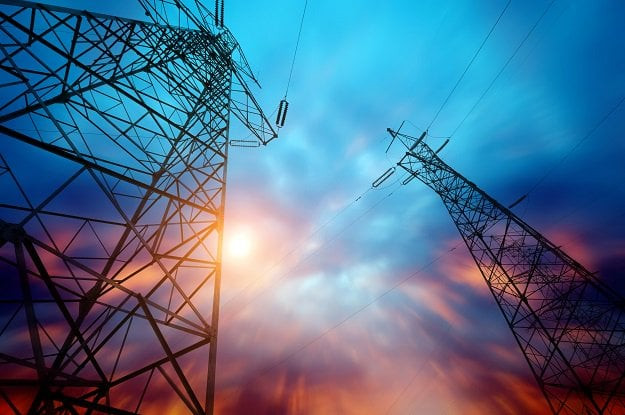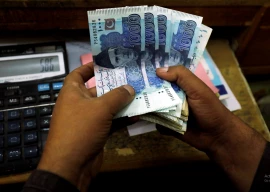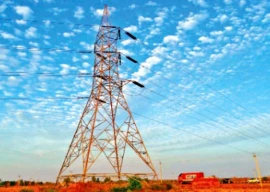
Pakistan is one of the few countries in Asia with energy consumption heavily skewed towards subsidised household users. This imbalance has led to a host of problems, including a growing circular debt, high capacity payments, and an inefficient distribution network. Politicians have often used electricity as a tool to win favour with the masses, making unrealistic promises of free or cheaper electricity if elected. Despite Pakistan’s lower average income per capita compared to countries like China, Turkey, and India, the average tariff remains at $0.10, only slightly higher than these nations. Given this situation, it’s crucial to consider deregulating the power sector, implementing meaningful reforms, involving private partners to address inefficiencies, and depoliticising the electricity discourse.
Splitting DISCOs into distribution and supply companies
Since the unbundling of WAPDA in 1997, distribution companies (DISCOs) have performed both distribution and supply functions. Recent amendments in the NEPRA act mandate that, after 2023, DISCOs must obtain separate licenses for distribution and supply, potentially leading to separate companies for each function.
Read Defaulters owe DISCOs over Rs2tr
This division means that losses due to non-recovery of bills will become the sole responsibility of suppliers, while distribution companies will handle grid maintenance and technical losses. Multiple suppliers will be permitted in a given area, potentially leading to license auctions from the next year. Auctions for distribution and supplier licenses in profitable DISCO areas like GESCO and FESCO can generate substantial revenue and foster competition.
Leveraging behavioural economics
As DISCOs split their functions, improvements such as prepaid smart metering and real-time billing will become possible. New supplier companies can utilise insights from behavioural economics, such as providing information about neighbours’ electricity usage to encourage energy conservation.
These nudges will not only enhance billing transparency but also help identify instances of meter tampering and electricity theft. DISCOs with poor collection rates, like QESCO and SEPCO, may benefit from this semi-privatisation.
NEPRA can also incorporate behavioural nudges into tariff design. For instance, unprotected residential users who consume 1000 units in a given month could receive additional units at a 40% discount. Given that capacity charges constitute a significant portion of the average tariff, a diminishing tariff for higher consumption could reduce per-unit capacity payments.
Ending the single-buyer model
NEPRA aims to replace the current single-buyer model, where the Central Power Purchase Authority (CPPA) purchases electricity on behalf of all DISCOs, with a competitive-bidding based system. Bulk Power Consumers may also participate in these auctions if they choose not to buy from DISCOs.
Directly purchasing electricity from generation companies (GENCOs) can help businesses manage uncertainties related to exchange rate risks. The advent of NEPRA’s market operations may facilitate trading of Renewable Energy Certificates (RECs) over online exchanges and over-the-counter markets. Even households with residential solar systems could earn Solar Renewable Energy Certificates (SRECs) to trade over online exchanges, allowing them to sell to nearby industrial units or universities. However, achieving these goals will require significant effort and consensus-building among stakeholders.
Taking a holistic approach to energy challenges
On the generation side, hydropower is at least seven times cheaper than the most expensive RLNG (liquefied natural gas) option. However, hydropower output decreases by around 80% in winters.
To align demand with hydropower generation, natural gas appliances should replace electrical ones in households affected by gas load-shedding. RLNG was considered as an alternative due to the failure of the Iran-Pakistan pipeline. Still, exorbitant LNG cargo prices have rendered it infeasible for power generation. LNG, however, remains viable for manufacturing premium fertilisers, especially for export purposes.
For domestic use, indigenous gas is preferable due to lower prices. Phasing out the use of natural gas in thermal plants in favour of industry and residential gas consumers is recommended.
Indigenous coal should be favoured for base loads instead of gas-powered thermal plants. These factors highlight the complexity of Pakistan’s energy issues, where problems in one sector can lead to circular debt in another.
In a nutshell, further deregulation of the power sector by separating DISCOs’ functions into distribution and supply, along with engaging efficient private partners to bid for supplier licenses, is necessary. Ending the single-buyer model, establishing energy certificate trading exchanges at federal and provincial levels, and planning for decentralised distribution generation where feasible to minimise transmission and distribution losses are essential steps.
Policymakers should also consider utilising behavioural science, particularly the proposal to incentivise higher consumption by offering lower tariffs for unprotected groups at higher consumption levels, which would lead to reduced per-unit capacity charges.
THE WRITER IS A CAMBRIDGE GRADUATE AND IS WORKING AS A STRATEGY CONSULTANT
Published in The Express Tribune, September 25th, 2023.
Like Business on Facebook, follow @TribuneBiz on Twitter to stay informed and join in the conversation.







1731410792-0/Untitled-design-(4)1731410792-0-270x192.webp)













COMMENTS
Comments are moderated and generally will be posted if they are on-topic and not abusive.
For more information, please see our Comments FAQ